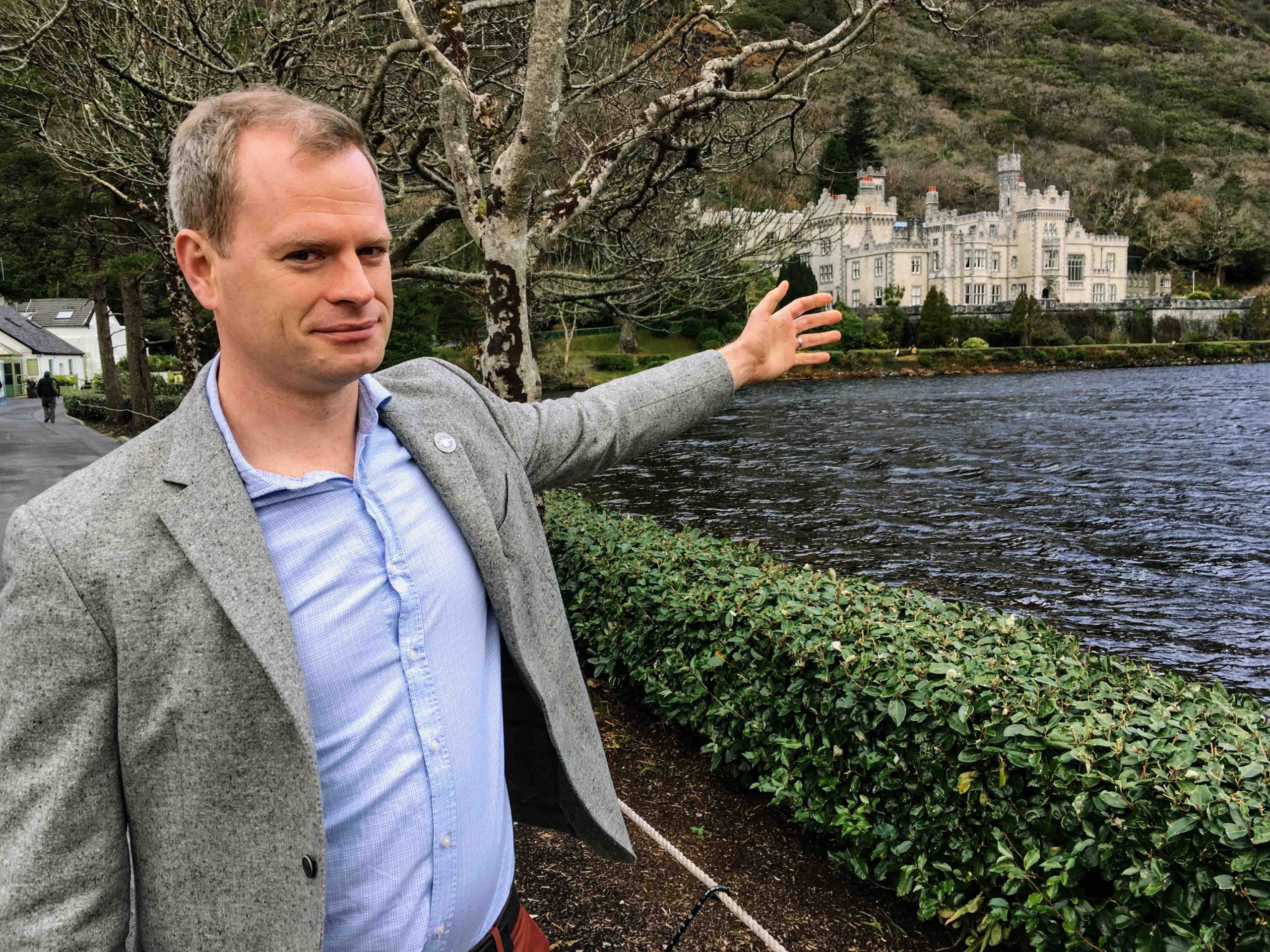This is the third time I visit Kylemore Abbey near Letterfrack, Co Galway, but the first in the depth of winter. The site is no less mesmerising, nestled among the mountains surrounding Pollacappul Lough at the end of a breathtaking drive across Connemara. The car hire agent in Galway city told me that his customers can be divided into two groups of equal size: those looking for directions to Kylemore Abbey, and those who ask for the Cliffs of Moher. These are Ireland’s two most visited tourist attractions outside Dublin, and both registered record footfall last year: 1.5 million visitors…
Cancel at any time. Are you already a member? Log in here.
Want to read the full story?
Unlock this article – and everything else on The Currency – with an annual membership and receive a free Samsonite Upscape suitcase, retailing at €235, delivered to your door.

